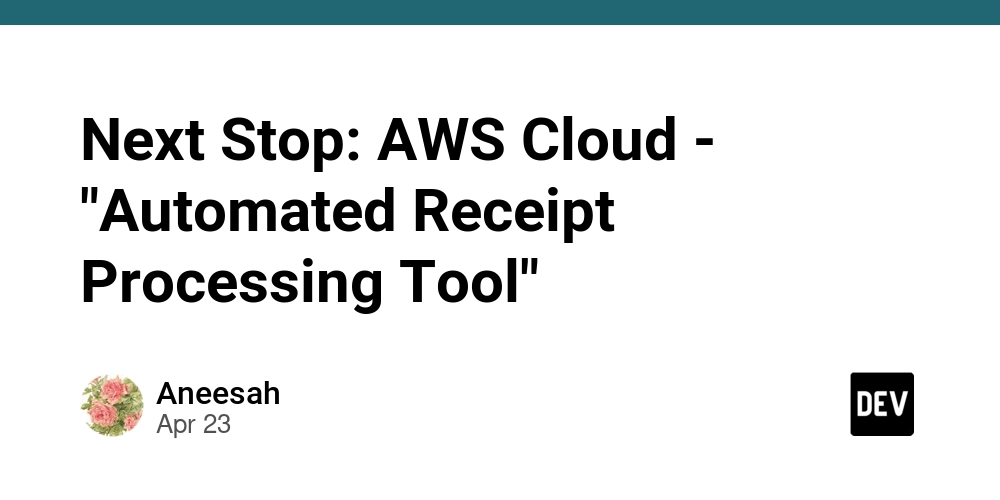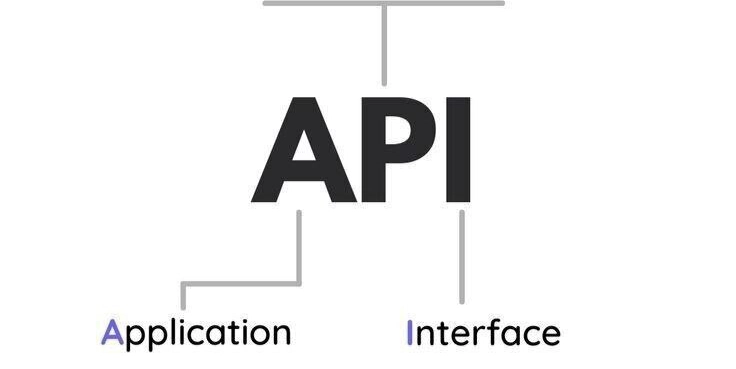Stop Kubernetes Skew Violations: A Guide to Coordinated Leader Election
Are Kubernetes upgrades and rollbacks giving you headaches? Do you want a safer, more predictable way to manage leader election in your clusters? If so, understanding coordinated leader election is crucial.
This guide breaks down KEP-4355 and explains how this enhanced approach to leader election minimizes skew violations, streamlines upgrades, and gives you more control over your control plane. We'll cover the what, why, and how of this new mechanism, so you can determine if it's right for your environment.
The Problem: Unpredictable Leader Changes and Skew Risks
Traditional leader election in Kubernetes relies on components racing to claim a lease. While this works, it presents risks during upgrades and rollbacks:
- Skew Violations: During node-by-node upgrades, a newer controller version might grab the lease while older API servers are still active, violating the Kubernetes skew policy.
- Flip-Flopping Leaders: Upgrades and rollbacks can cause the leader to change rapidly, bouncing between old and new versions.
Coordinated Leader Election: A Better Approach
Coordinated leader election addresses these challenges with a more structured process:
- Lease Candidates: Instead of racing, components declare themselves as candidates for leadership by creating LeaseCandidate objects.
- Election Coordinator: A new controller, the Coordinated Election Controller, selects the best candidate based on predefined criteria.
- Preemption: The coordinator can signal the current leader to relinquish the lease gracefully, ensuring a smooth transition.
Key Benefits of Coordinated Leader Election
Here's what you gain:
- Predictable Version Transitions: Leader changes happen at controlled times, preventing unexpected behavior.
- Skew Policy Adherence: Avoid version skew violations during upgrades, rollbacks, and even canary deployments.
- Safer Upgrades: Introduce new versions of components without risking instability.
- UVIP Compatibility: Works seamlessly with UVIP to provide an even more robust upgrade process.
How it Works: The Core Components
1. Lease Candidates:
- Components create LeaseCandidate objects defining their candidacy.
- The LeaseCandidate includes:
- Lease Name: Identifies the lease the component wants to lead.
- Binary Version: The component's version.
- Compatibility Version: The oldest version the component is compatible with.
- A component is considered unavailable if its LeaseCandidate object expires.
Example LeaseCandidate:
2. Coordinated Election Controller:
- This controller runs within the kube-apiserver and monitors both Leases and LeaseCandidates.
- Reconciliation Loop:
- No Leader: If no leader exists, it selects a leader from available candidates and creates a new Lease.
- Better Candidate: If a better candidate emerges (e.g., an older version during rollback), it signals the current leader to step down.
3. Coordinated Lease Lock:
- This tool in
client-gosimplifies the process for components:- Creates and renews LeaseCandidate leases.
- Watches for updates to the LeaseCandidate lease, allowing for the signal to renew.
- Monitors the Leader Lease to determine when it's been elected.
- Handles leader lease renewal and yielding leadership when necessary.
Choosing a Leader Election Strategy
The spec.Strategy field dictates the algorithm used to select leaders. This gives you flexibility to tailor leader election to your specific needs.
Potential strategies include:
- MinimumCompatibilityVersion: Selects the candidate with the oldest compatible version.
Enabling Coordinated Leader Election
Components with the --leader-elect-resource-lock flag (like kube-controller-manager and kube-scheduler) will accept coordinatedleases as a resource lock type.
Migrating from Lease-Based Leader Election
Migrating is straightforward. As long as the API server is running a coordinated election controller, you can switch a component from Lease-Based to Coordinated Leader Election (or back) directly.
Potential Drawbacks
- New API: Introduces new API resources (LeaseCandidate).
- Controller Complexity: Adds complexity to the leader election logic.
Is Coordinated Leader Election Right for You?
If you're concerned about skew violations during Kubernetes upgrades and rollbacks, or if you desire more control over the leader election process, coordinated leader election is a valuable tool. By implementing this approach, you can greatly improve the stability and predictability of your Kubernetes control plane.






